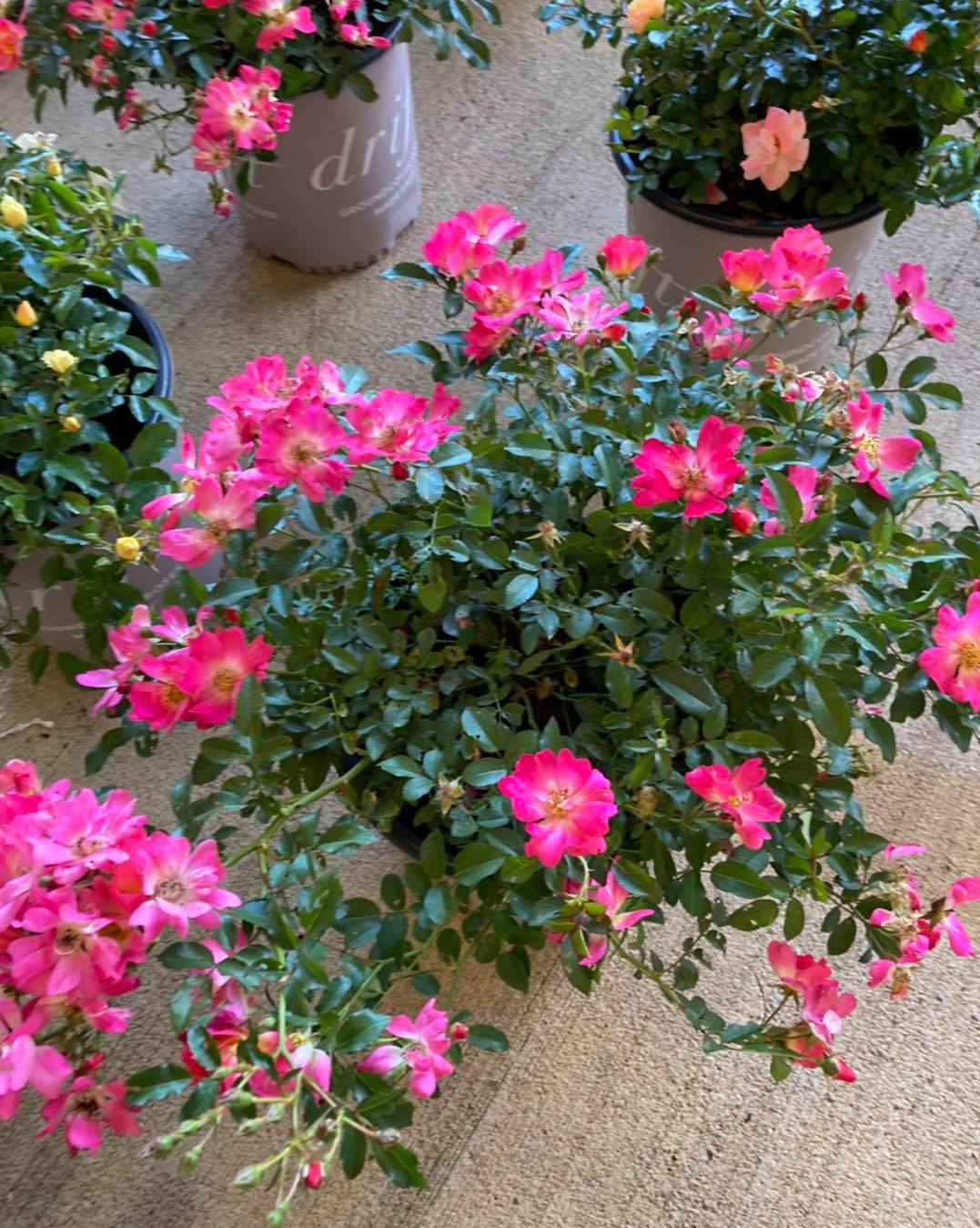
The Benefits of Native Plants in Landscaping and How to Incorporate Them Aug 23, 2025
To kick things off, let's delve into what makes native plants an excellent choice for landscaping. Native plants, by definition, are species that occur naturally in a particular region and have adapted over time to the local climate and soil conditions. This adaptation not only makes them hardy but also low maintenance, thus requiring less water, pesticides, and fertilizers than non-native species. Consequently, they are a cost-effective option for homeowners seeking sustainable gardening solutions.
One of the primary benefits of incorporating native plants into landscaping is their ability to support local ecosystems. Native flora offers food and habitat for regional wildlife, including birds, butterflies, and beneficial insects, thereby promoting biodiversity. For instance, the once-threatened monarch butterfly relies heavily on native milkweed plants during its migration cycle. By introducing such native species into your yard, you are directly contributing to the preservation of these vital creatures.
Moreover, native plants are renowned for their resilience. They are less susceptible to pests and diseases because of their natural adaptation to the environment. This resilience translates into fewer chemical inputs and a healthier yard, free from harmful pesticides—a huge boon for communities advocating for eco-friendly pest management practices.
Now, let's explore practical ways to incorporate native plants into your landscaping plan. To begin, it's essential to assess your property's specific conditions, including light, moisture, and soil type. Understanding these factors will help you choose plants that will thrive. S&R Landscaping and Nursery can assist in evaluating these aspects and recommending plant species that will complement your landscape's unique characteristics.
One effective method is to start small, perhaps by establishing a native plant garden or border. Selecting a few key species that are known to flourish in your climate is a great way to ease into native landscaping. For instance, in a sunny area, you might consider coneflowers or black-eyed Susans, both known for their hardiness and vibrant blooms. In shadier spots, ferns or wild columbine can provide lush greenery and delicate flowers.
Additionally, consider using native grasses as a substitute for traditional lawns. Native grass species like buffalo grass or fescue require significantly less water than standard grass lawns, offering a compelling case for sustainable, drought-resistant yards. These plants can create an attractive, natural-looking landscape that reduces the need for mowing and irrigation.
Lastly, don't overlook the importance of ongoing support and expertise. Partnering with a professional service like S&R Landscaping and Nursery ensures that your transition to native plants is guided and successful. Our team can provide valuable insights into maintenance practices that keep your landscape vibrant year-round.
In conclusion, adopting native plants in your landscaping not only enhances the beauty and low-maintenance nature of your yard but also supports environmental health and biodiversity. As we become more conscientious stewards of our land, embracing native plants is a step forward in promoting a sustainable future. Whether you’re just starting your landscaping journey or looking to make a positive environmental impact, S&R Landscaping and Nursery is here to help you create a landscape that thrives naturally.
/filters:no_upscale()/media/8c70a34d-26ff-4619-8b92-3d9e25bd2d2e.jpg)
/filters:no_upscale()/filters:format(webp)/media/2a2e29b9-fd8c-4009-8343-b80eb1593c65.jpeg)